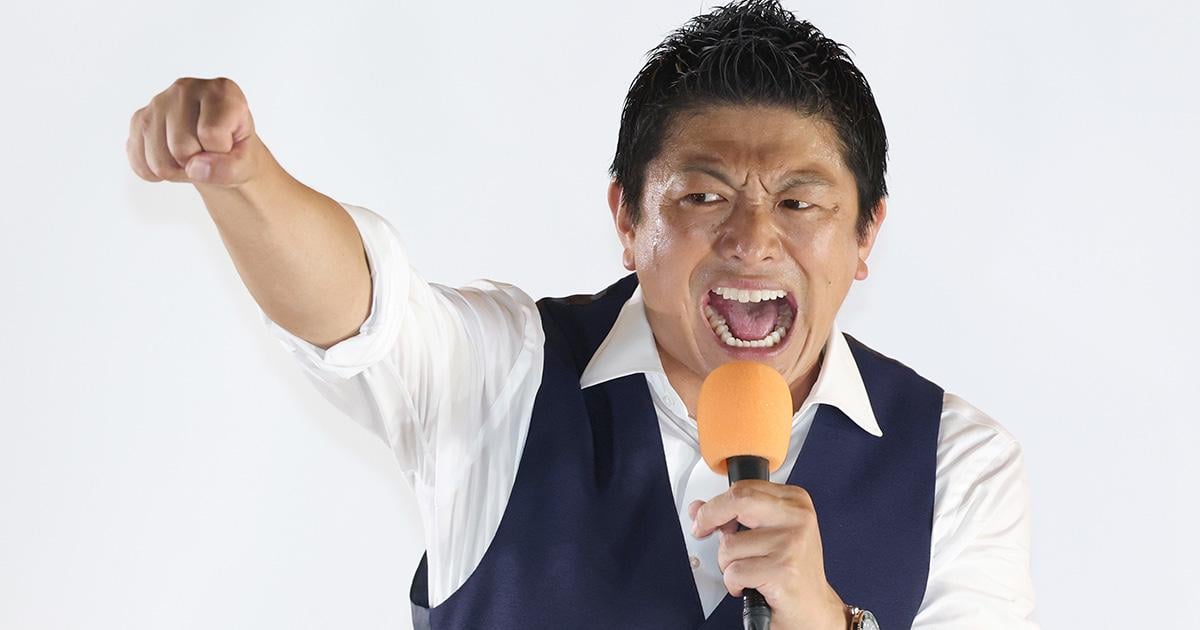
On August 9th, Shūhei Kamiya, leader of the Sanseitō party, attended a peace memorial ceremony in Nagasaki. Later that day, he gave a street speech in Fukuoka. Despite rainy weather, Kamiya addressed the crowd from a campaign vehicle, criticizing people who disrupted ceremonies and Sanseitō speeches, describing them as seemingly opposed to peace.
The Sanseitō party recently gained seats in elections with a “Japan First” stance amid discussions on foreigner-related issues. Critics accused some candidates of stirring anti-foreigner sentiments, which led to protests with “No to Discrimination” signs at their events. This included counter-demonstrations in Hiroshima and Nagasaki due to controversial statements by some party members about nuclear armament.
During his speech, Kamiya insisted that the party did not promote discrimination or violence. He listed party initiatives like opposing different surnames for married couples and promoting correct history education. He encouraged supporters to showcase what Sanseitō aims to achieve.
Kamiya expressed a desire for Sanseitō representatives to visit Yasukuni Shrine, reflecting on Japan’s history from the Meiji Restoration. He argued Japan was forced into international wars by Western pressures and defended Japan’s past actions as efforts to amend unequal treaties and maintain independence.
He mentioned Japan’s proposal to eliminate racial discrimination at the 1919 Paris Peace Conference, suggesting it showed Japan’s leadership on the issue. This comment sparked mixed reactions from the audience, with some supporting him and others countering with anti-discrimination messages. Kamiya responded passionately, clarifying the party’s stance against discrimination and war, urging supporters to stand by Sanseitō’s values.
by MagazineKey4532
